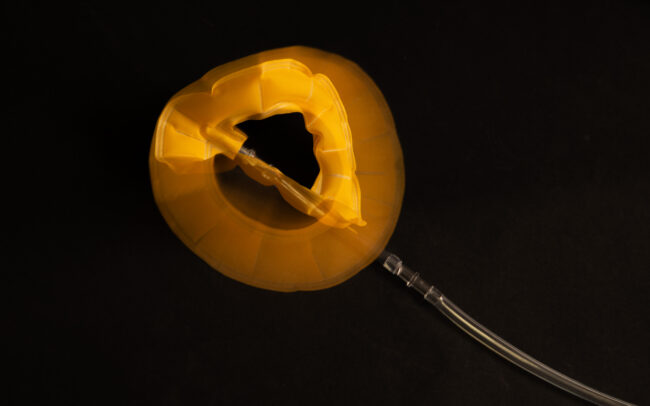Multisensory Design of Active Materials
The human haptic perception is one of humans’ most important yet underrated orientation functions. The human sensory system, especially visual perception, is constantly confronted with an overflow of data and information due to the developments of modern technologies, the power of intelligent machines, and the accompanying streams of information, knowledge, and data. This progressively leads to complexity, disorientation, and imminent human overload. However, important channels of communication, information transfer, and interaction remain unused.
As materials are interfaces between the user, environment, and object, they are our sensory connection to the world and therefore carry powerful information-bearing prospects. This research project will identify and explore unutilized, material-based potentials as information carriers. It investigates the active role of materiality in conditioning and influencing user experiences and emotions. Derivative, it understands and inspects emotion as a formable medium.
With a primary focus on tactile perception, materials that can adapt their haptic properties, e. g. in shape or surface structure, are of particular interest. As both dynamic and sensory properties are considered promising features in creating an emotional attachment between user and product, the PhD will explore a materiality of dynamic change through shape-changing materials and their qualities in creating emotional user experiences through multi-sensory material interaction. The practice-led and prototype-intensive PhD will develop a catalog of design and manufacturing variables of selected smart materials and their effect on human emotions. Cross-linking the fields of emotion science, senses, new materialism, and programming of behavioral patterns of active matter, the design language of an emotion will be a central research question.









